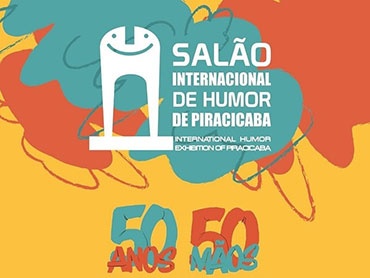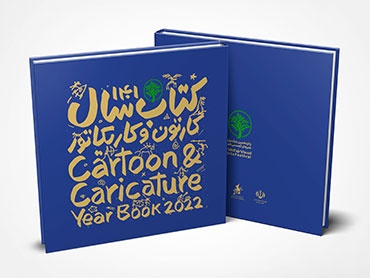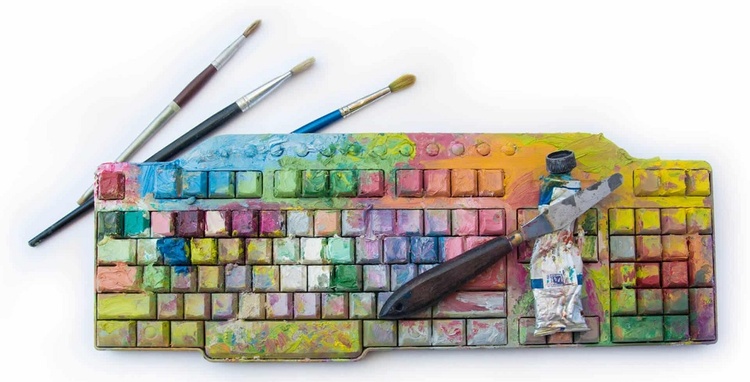
What is digital art and what are its characteristics?
In the digital age in which we live, art has been undergoing a great transformation in recent decades. The arrival of new technologies has reinvented the concept of art, challenging traditional conventions of creative expression. Throughout this post you will discover what are the main characteristics and types of digital art, as well as the opportunities it offers for 21st century artists.
what is digital art?
Digital art is a form of artistic expression that uses digital technology as the primary means of creating works of art.
This type of art can manifest itself in various forms, such as digital images, animations, videos, interactive installations, generative art, among others. The works can be created from scratch with programs graphic design, 3D modeling or digital art software, or they can incorporate digital elements into physical works through digital technology. augmented reality or multimedia integration.
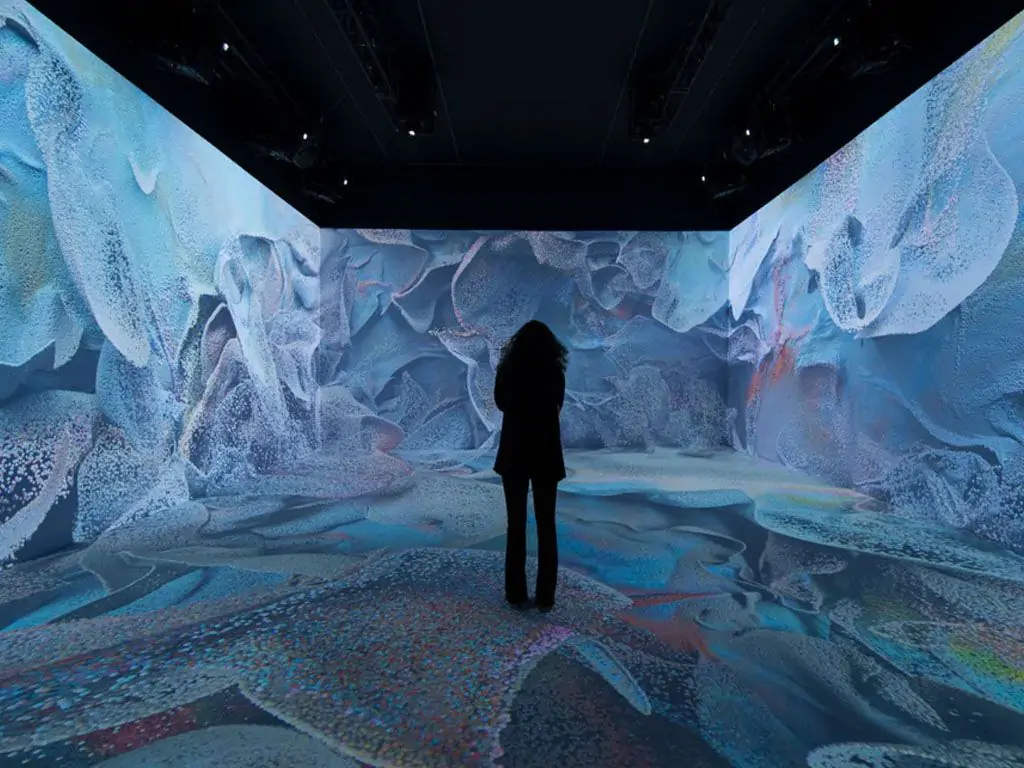
Features of digital art
Now that you know what this discipline consists of, discover what the main characteristics and types of digital art are.
Interactivity
One of the main characteristics of digital art is the interaction with the viewer. Their installations often allow the creation of immersive experiences that allow users to actively participate in the work.
Versatility
Digital art encompasses a wide variety of forms, styles, mediums and platforms. Its artistic manifestations include everything from static images to immersive videos, 3D experiences or complex animations.
Accessibility
Thanks to the internet and digital platforms, users can share and distribute their artistic pieces to a global audience. This feature has democratized access to art, making it possible for the artistic community to discover and appreciate digital works.
Technical Innovation
Innovation is one of the main characteristics of digital art. The growing technological evolution and the emergence of new tools for creating offer artists a wide variety of techniques to explore new areas. Advanced editing programs, 3D modeling and augmented reality tools are just some of the technologies that are driving digital art.
Types of digital art
Today, digital art encompasses a wide variety of techniques and styles, from illustrations and 3D modeling to animations and generative art. We tell you which are the most prominent types of digital art in the current contemporary scene.
Design 3D
3D modeling allows artists create three-dimensional objects and characters which can be used in movies, video games and simulations.
Using software such as Blender and Maya, 3D modelers sculpt and texture models with a high level of detail and realism.
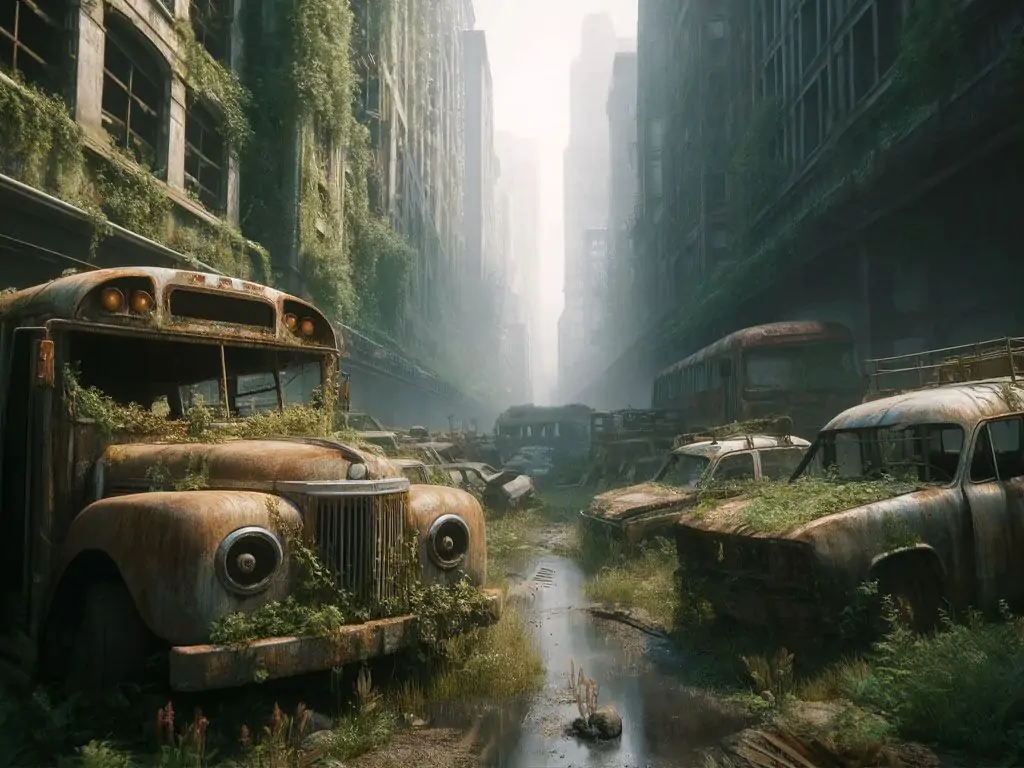
pixel art
Pixel art is a form of digital art that uses small units of color, called pixels, to Create detailed and stylized images. This is a technique widely used in the entertainment industry, specifically in video games.
![]()
Pixel Art - Digital Art
Generative Art
This type of art uses algorithms and computer programs to create and design works of art autonomously with unique and complex patterns.
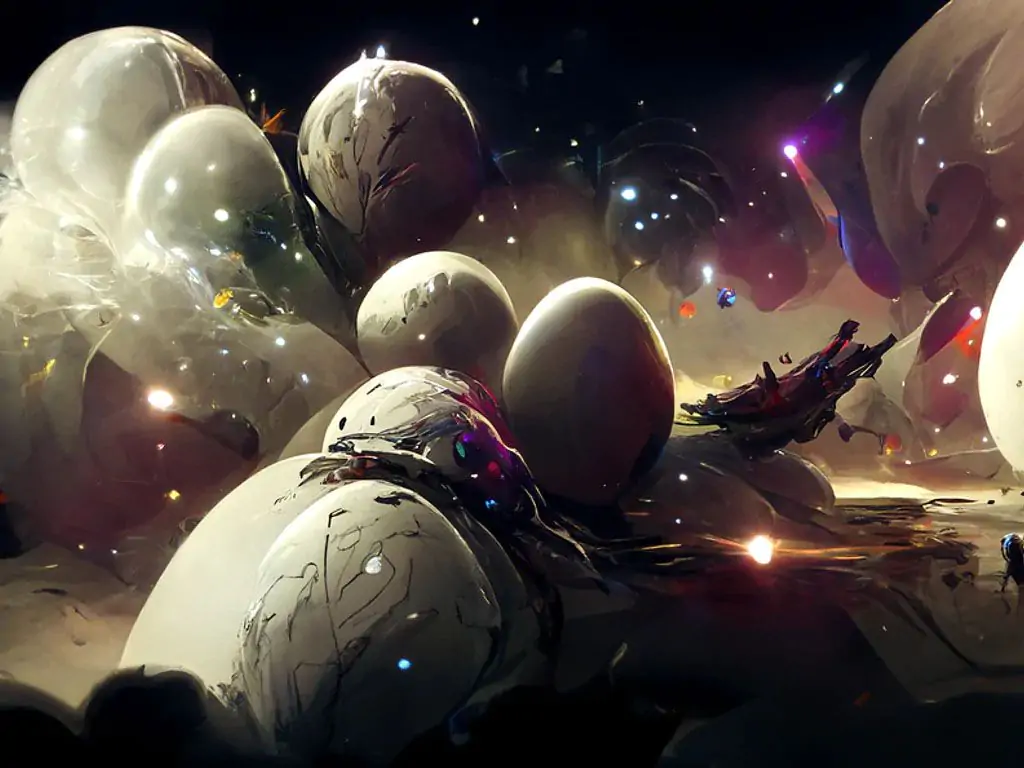
Generative Art
Digital animation
This type of digital art allows creating moving images using 2D and 3D animation techniques. Popular Tools include Adobe Animate, After Effects, and Toon Boom Harmony.
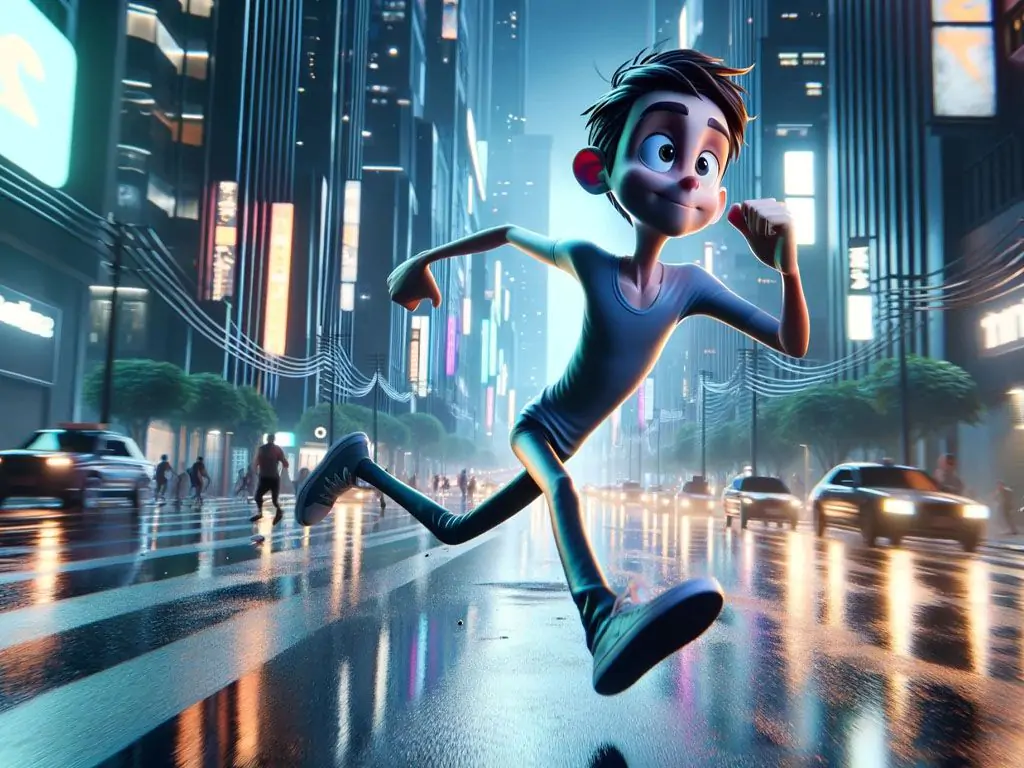
Digital animation
FX and VFX
In the entertainment industry, this type of digital art has a direct impact on the final result of movies, series and video games. It is a set of techniques that allow integrate fantastic and realistic elements in audiovisual productions, transforming the visual narrative.
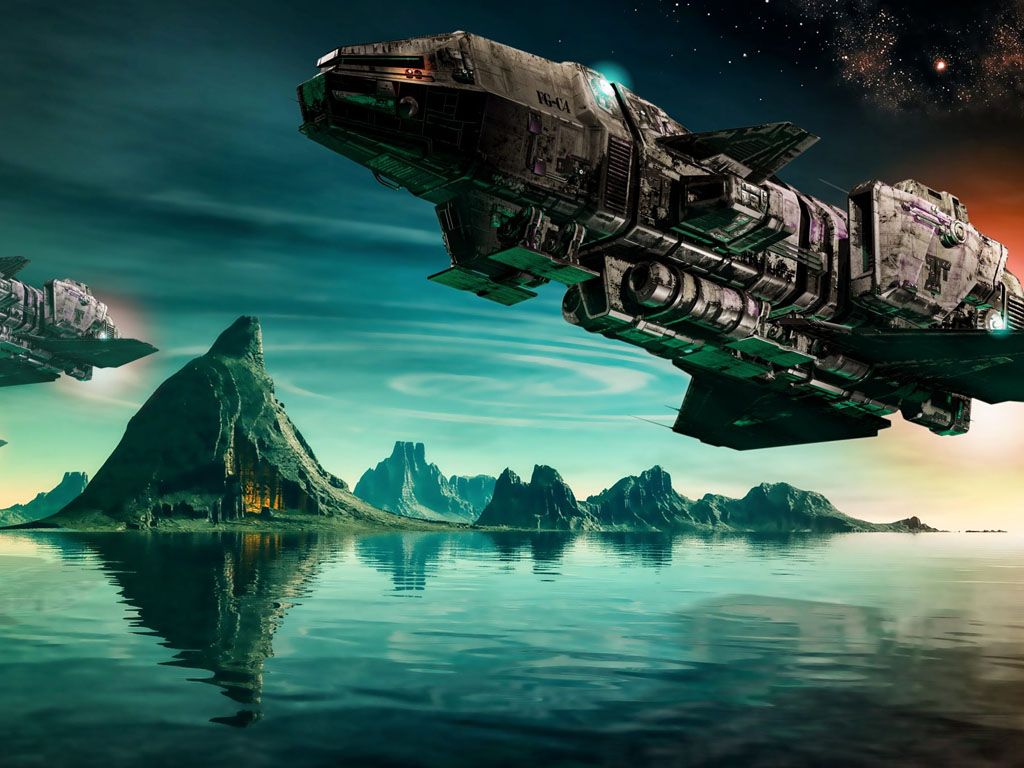
VFX - Digital Art
Study Digital Art in TAI
Study digital art in TAI open a world of opportunities in various creative industries such as animation, film, video games, graphic design and advertising. Training in this discipline will allow you to combine creativity with technology, developing the skills most in demand in today's industry.
En TAI you can train in a multidisciplinary environment with the best tools and active teachers in the sector. Our academic program includes seven diplomas and six different specializations designed to boost and professionalize your talent in the industry.
Rigging, 3D Modeling, 2D and 3D Animation, Motion Graphics, VFX, Shot Composition... Discover all our degrees and prepare to create and explore the future of entertainment and animation.
Source
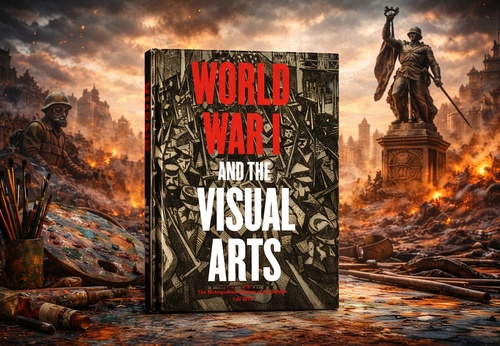
- January 04, 2026
World War I and the Visual Arts
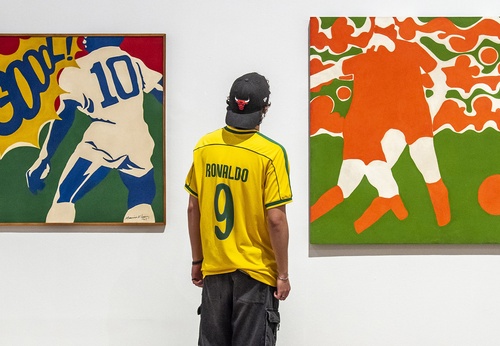
- January 04, 2026
Graphic Art: Much More Than an Image, a Brazilian Visual Language
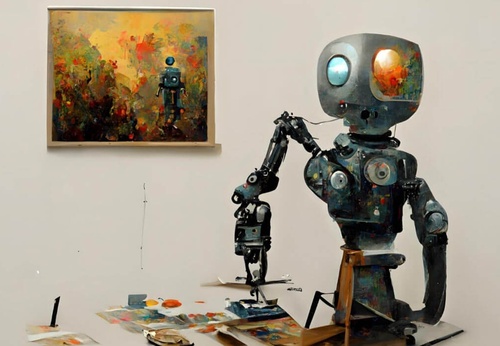
- January 04, 2026
The Future of NFTs and AI-Generated Art
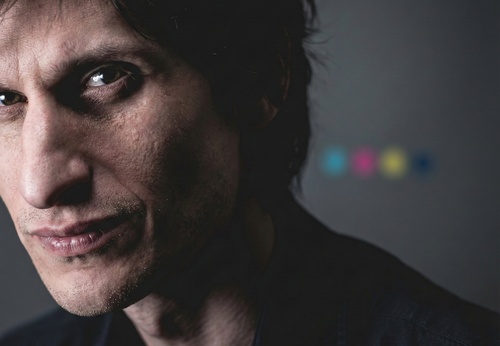
- January 04, 2026
Zé Otavio - Brazil
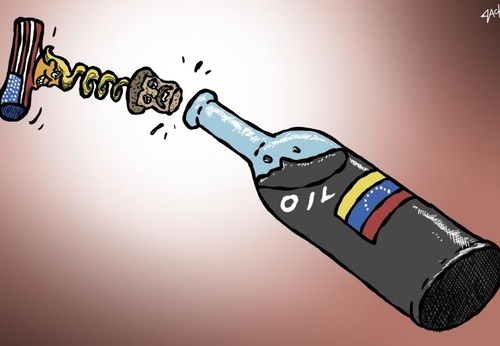
- January 04, 2026
Screwed
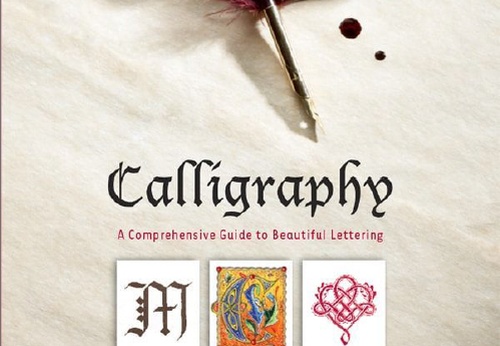
- January 04, 2026
A Comprehensive Guide to Beautiful Lettering
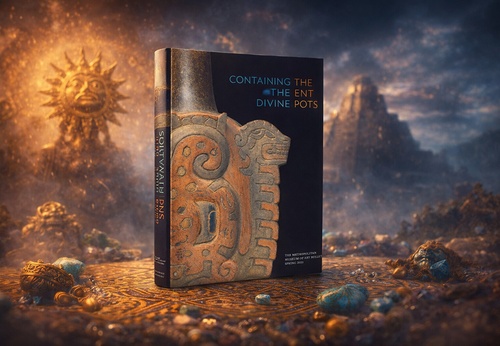
- January 04, 2026
Containing the Divine: Ancient Peruvian Pots
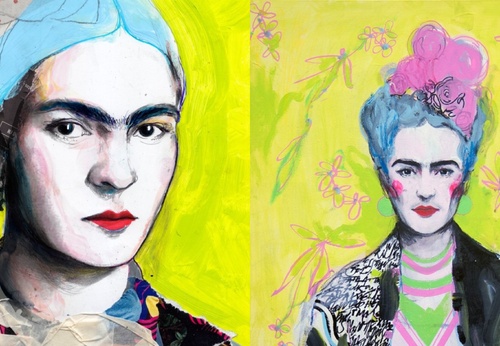
- January 02, 2026
Gallery of Illustration by Zé Otavio – Brazil
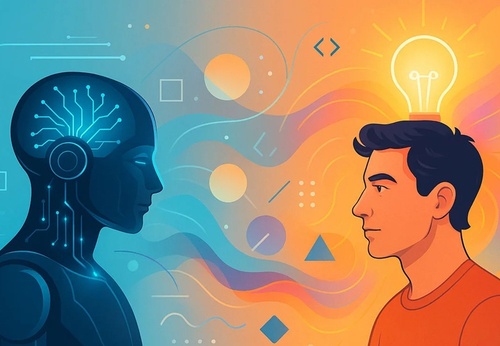
- January 01, 2026
Human Creativity vs. Algorithmic Creativity

- January 04, 2026
Graphic Art: Much More Than an Image, a…

- January 04, 2026
The Future of NFTs and AI-Generated Art

- January 01, 2026
Human Creativity vs. Algorithmic Creati…

- January 01, 2026
The Role of AI in the Preservation of C…

- December 31, 2025
Smart Museums: Artistic Experiences wit…

- December 31, 2025
Ethical Challenges of Machine-Created A…

- December 30, 2025
Generative Art: From Code to Gallery

- December 30, 2025
How Artificial Intelligence Is Redefini…

- December 29, 2025
Artificial Intelligence and the Reconfi…

- December 29, 2025
The Artificial Intelligence Revolution …

- December 28, 2025
The Difference Between Contemporary Art…

- December 28, 2025
The Impact of Contemporary Art on Today…

- December 28, 2025
Contemporary Art and its Multiple Langu…

- December 27, 2025
Graffiti: Urban Voices That Tell Stories

- December 27, 2025
The Art of Graffiti: Expression, Identi…

- December 24, 2025
Art as Human Expression and Universal L…

- December 24, 2025
Art in the Street: When the City Become…

- December 23, 2025
Urban Art in Latin America

- December 23, 2025
Folk Art in Indigenous Communities of L…

- December 22, 2025
Graffiti as a Social and Political Lang…

- August 29, 2023
The history of Bolivian art

- February 19, 2024
Analysis and meaning of Van Gogh's Star…

- January 28, 2024
Culture and Art in Argentina

- September 25, 2023
What is the importance of art in human …

- September 23, 2023
What is paint?

- August 23, 2023
The 11 types of art and their meanings

- August 10, 2023
14 questions and answers about the art …

- September 23, 2023
Painting characteristics

- August 30, 2023
First artistic manifestations

- January 12, 2024
10 most beautiful statues and sculpture…

- September 23, 2023
History of painting

- March 26, 2024
The importance of technology in art1

- July 13, 2024
The impact of artificial intelligence o…

- March 26, 2024
Cultural identity and its impact on art…

- April 07, 2024
Graffiti in Latin American culture

- August 16, 2023
The 15 greatest painters in art history

- April 06, 2024
History of visual arts in Ecuador

- April 02, 2024
History visual arts in Brazil

- October 18, 2023
History of sculpture

- November 21, 2024
The Role of Visual Arts in Society

- February 19, 2024
Analysis and meaning of Van Gogh's Star…

- August 13, 2023
9 Latino painters and their great contr…

- August 23, 2023
The 11 types of art and their meanings

- August 10, 2023
14 questions and answers about the art …

- August 27, 2023
15 main works of Van Gogh

- August 29, 2023
The history of Bolivian art

- January 28, 2024
Culture and Art in Argentina

- November 06, 2023
5 Latin American artists and their works

- September 23, 2023
Painting characteristics

- September 23, 2023
What is paint?

- September 25, 2023
What is the importance of art in human …

- March 26, 2024
Cultural identity and its impact on art…

- August 30, 2023
First artistic manifestations

- December 18, 2023
10 iconic works by Oscar Niemeyer, geni…

- January 20, 2024
What is the relationship between art an…

- January 12, 2024
10 most beautiful statues and sculpture…

- August 24, 2023
The most famous image of Ernesto "Che" …

- October 30, 2023
Characteristics of Contemporary Art

- May 26, 2024
Técnicas de artes visuais

- August 22, 2023

